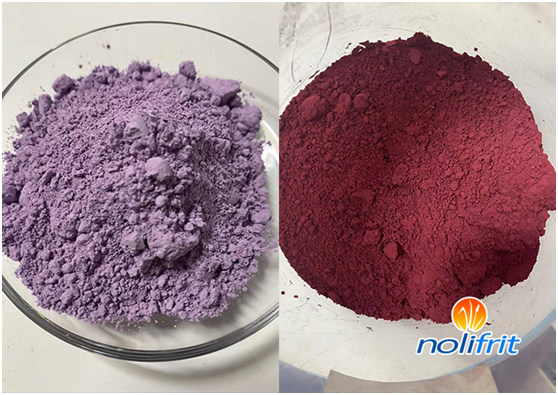Excellent Properties of Inorganic Pigments
Inorganic pigments are fine particles, and the particle diameter of the primary particles is mostly between a few tenths of a micron to a few microns, and the maximum is not more than 100 μm. Inside these tiny particles, the molecules are arranged in a certain way. Most pigment particles exist in the form of crystals. Inorganic pigments are colored in a dispersed manner, so different pigments have different crystal structures and crystal shapes. , crystal size and its distribution, will inevitably affect its performance and use. Inorganic pigments used in plastic coloring have the advantages of excellent heat resistance, dispersibility and light resistance (weather resistance), so they are widely used in the coloring of various plastics, especially for engineering plastics with high molding temperature and harsh use conditions.

1. Good dispersion
The relative density of inorganic pigments is relatively large, generally 3.5~5.0. The density is large and the specific surface area is small, so inorganic pigments are easier to disperse in plastics. Due to the relatively low tinting strength of inorganic pigments, when the concentration of inorganic pigments is high, the color is very bright.
2. Good coverage
The so-called hiding power is the ability of the pigment to be applied to the coloring material to make it opaque. The minimum amount of pigment required to fully cover the black and white grid of the substrate is called the hiding power. Pigment hiding power varies with particle size. Inorganic pigments have high relative density and large particle size, and Nolifrit's inorganic pigments have good hiding power.
3. Excellent weather resistance and light resistance
The weather resistance and light resistance of pigments on plastics directly affect its use value. Generally speaking, inorganic pigments will darken and darken the color through the action of sunlight and atmosphere, but will not fade. Similarly, other pigments will change the chemical composition of the pigment through the action of sunlight and the atmosphere, and fade due to structural damage. Generally speaking, the weather resistance and light resistance of inorganic pigments are much stronger than that of general organic pigments.
4. Excellent heat resistance
Except for chromium-based pigments, most inorganic pigments have very good heat resistance, especially those produced by calcination at high temperature. The calcination temperature range is 700~1000℃, so the heat resistance is very excellent. In view of the shortcomings of poor heat resistance and light resistance of lead-chromium inorganic pigments, the coating surface treatment of chrome yellow has also greatly improved the heat resistance of the product.
5. Excellent chemical resistance
Most inorganic pigments are an inert substance with excellent resistance to acids, alkalis, salts, corrosive gases and solvents. Of course, it is difficult for specific pigments to not react with any substances. For example, the chemical structure of ultramarine blue is not acid-resistant, and iron yellow is relatively alkali-resistant than chrome yellow.